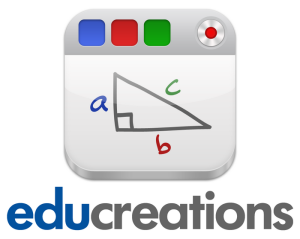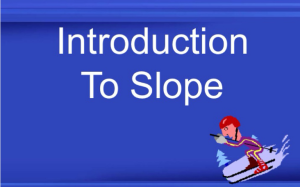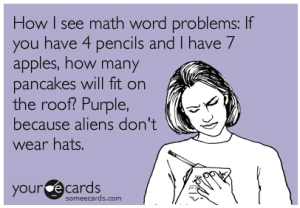When I was in undergrad at JMU, I took this class in the ISAT department (Integrated Science and Technology) called Problem Solving Approaches in Science and Technology. During this class, we had to watch this video. I loved it. I later became a teaching assistant for this class for the next 7 semesters and watched the video about 3 or 4 more times. (Didn’t love it as much towards the 4th time, but still thought it had a lot to teach students). Every year, students were astonished by the facts and other things presented in this video. I loved leading the discussion the class after they had to watch it, because they are all amazed by the video.
I love this video, it puts the “digital nation” in perspective and really shows you what is going on alllll over the world with it. Second life is my favorite part because it’s amazing how much you can change your appearance and your whole self really, online. You don’t have to be anything like you are in real life, not your looks, not your smarts, not your interests. You can remake yourself and be anything you want to be online. I think that students do know this now, more than they did before because of that show “catfish.” However, I don’t know if they know the extent of how much you can really change yourself. I think they know about Facebook, but your other online presence can be changed too. The second life really puts it into perspective on how much business can happen online. They were showing actual meetings that people were bringing their “avatars” into and using for the meetings. I think that it’s a really valuable tool to the business world. It cuts down on the travel expenses, and allows for meetings to be impromptu, and scheduled more frequently. However, it also takes away from the face to face aspect and the personal interaction you get from meeting people face to face. Also, you can be interacting with someone that you think is a tall, skinny, brunette in their mid-20s, but really it’s an old, short, fat redhead (nothing against old, short fat redheads!) trying to get you to do business with them by making them look more presentable on the online world.
Another thing I liked about Digital Nation was the research about multitaskers. I think that a lot of people in our generation are constantly bragging about the millions of different things that they are doing at once. It used to be a great skill if you could multitask and do more than one thing at a time and be good at it. However, now there is tons of research saying that multitasking is not good, and that you actually get less work done if you are trying to focus on too many things at once. I think that it’s now “cool” to be chronically busy with no free time ever. A lot of people are constantly talking about how “stressed” they are and how they have soooo much to do always, but do they really? Or are they trying to multitask and not using their time at work efficiently? I think that this happens a lot where kids and students don’t really know what it means to be truly stressed out. Students constantly have numerous tabs open on their computers while trying to do work (surprisingly, all my tabs right now are educational!) and are switching back from Facebook to writing papers. I think this makes it harder to do the actual work because your brain is constantly trying to switch back and forth from task to task. I could definitely see how focusing on one thing from start to finish could help you finish that task.
All in all, this documentary was really fascinating and I really enjoyed watching it the many times that I did. I would highly recommend it to everyone because it really shows you the research and facts behind what it means to be a “digital nation.”





